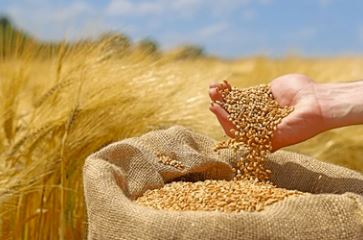
Barley microspore in vitro culture is a true haploid cell culture. It has irreplaceable value compared to anther culture in academic and application, and therefore has attracted much attention from re
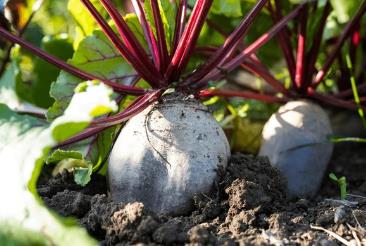
The method of obtaining haploids through pollen (anther) culture is the most common, but in those genotypes with poor male gamete induction response, unpollinated ovary or ovule culture can supplement

Rice is one of the main food crops in the world and also one of the important model plants. Rice anther culture refers to the in vitro culture of rice anthers or pollen grains, inducing microspores to
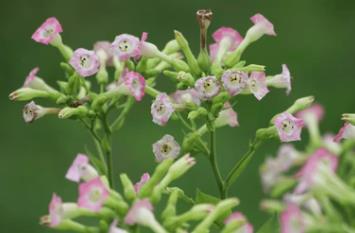
Haploid plants are important materials for genetic research and haploid breeding. At present, tobacco anther culture is the most effective method to produce haploid plants. Principle Anthers are the m
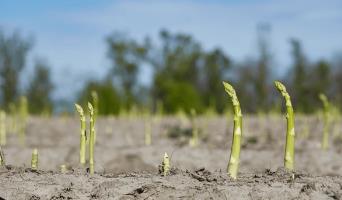
Asparagus (Asparagus officinalis) is a perennial herbaceous vegetable with dioecious sex. Asparagus seeds are expensive, so stem segments are often used for rapid propagation. Stem segment culture has
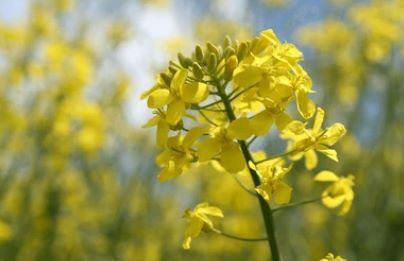
In 1982, Lichter of Germany obtained haploid plants for the first time through free microspore culture of Brassica napus. Since the isolation technology of free microspores of Brassica napus is simple
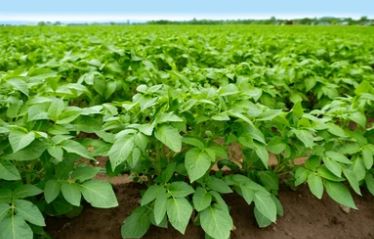
Potato (Solanum tuberosum) is an important crop in the world. It is an important dual-purpose crop for food and vegetable because of its short growth period, high yield, wide adaptability, rich nutrit
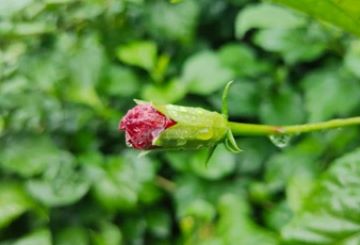
Strawberry (Fragaria ananassa) is a perennial herb with high economic benefits. It mainly reproduces by stolons and is easily infected by one or more viruses during cultivation. At present, more than
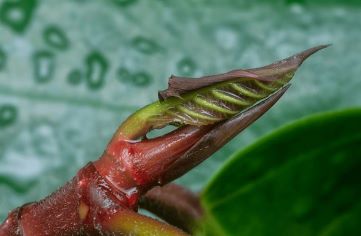
Plant virus diseases are one of the important factors limiting agricultural production. After most vegetatively propagated plants are infected with viruses, their vegetative propagation characteristic

Popcorn produces pyrroline substances through the Maillard reaction during the popping process, giving off a fragrant aroma. Studies have found that the loss of function of betaine aldehyde dehydrogen